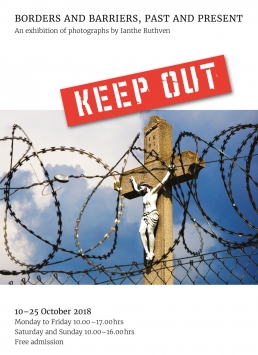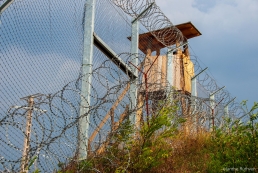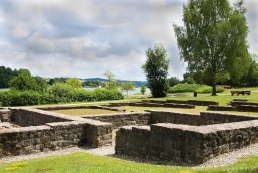From the earliest times when empires and states began carving territories into organized segments, rulers have built walls, dykes and ditches aimed at keeping ‘undesirables’ out of their realms. Our very concept of civilisation – of settled communities with sophisticated cultures – derives from the states of antiquity that were bounded and protected by walls. In most cases these structures were not so much defensive barriers capable of deterring aggressors as instruments of population control. They were physical statements in mud brick and stone aimed at creating a sense of security that usually proved ephemeral.
The same applies to the current epidemic of wall-and-fence-building we are witnessing today. Rather than physical obstacles aimed at keeping people such as asylum seekers, refugees, economic migrants, drug smugglers and others away from the industrialized world, they are political placebos making deeper problems of uneven development, economic inequality and collapsing states.
Pressures driving migration include climate change, neo-liberal economic policies, competitive arms production, demand for narcotics, sectarian and tribal conflicts, and the impact of social media. This does not mean that such structures are useless. They may function as filters to movement, stemming the flow of humanity while ensuring that only the most vigorous, adventurous and lucky individuals find ways of getting through.
Many of the walls and barriers erected in urban areas display compelling examples of street and protest art, with striking images of places locals may be physically prevented from visiting. From Tijuana on the Mexican-US border to Bethlehem in Israeli-occupied Palestine walls appear as open-air art galleries that celebrate human aspiration and register the pain of loss.





















